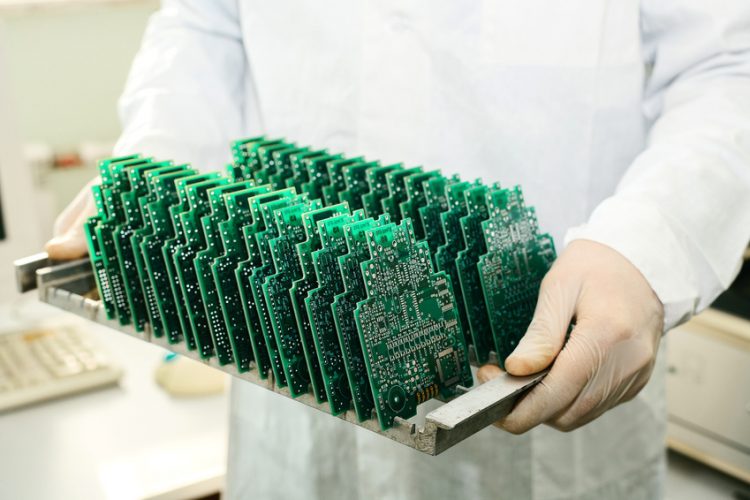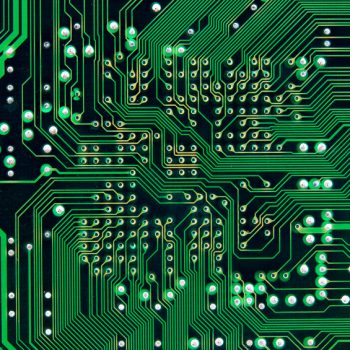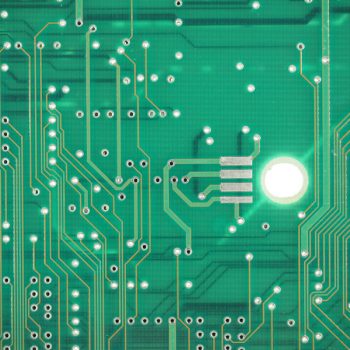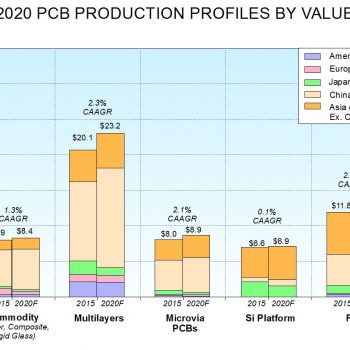A prototype printed circuit board is an electronic circuit that can be used for a variety of reasons. A typical PCB layout consists of up to 36 layers, and the most simple prototype PCBs contain copper tracks that interconnect with each other on only one of its surfaces, known as 1 layer PCB.
Considering that PCB fabrication can be a bit complicated with all those layers, the potential for mistakes is large. Mistakes can cause short circuiting and circuit board failure, and they are most often due to poor planning during the PCB fabrication process. So in order to bypass these potential problems, here are some common PCB manufacturing mistakes to keep an eye out for.
Flex-cracking: This is when the PCB has been bent excessively by the ceramic chip capacitor. Simply use a smaller capacitor to bypass this problem.
Clearance Issues: this common mistake is made when an engineer designs the board below the clearance constraint of their manufacturers. An easy way to fix this is to contact your builder beforehand to better understand the manufacturing capabilities before production starts.
Power Shortage Problems: It is important that every engineer checks and double checks their board’s electricity during all stages of building. If they don’t, an undesired shortage can compromise your entire board’s functionality, so make sure to perform visual inspections and cold tests regularly.
Mechanical issues: These issues involve the improper fitting of components on their footprints within the board, or adjustment problems of the board in Mechanical Chase. Oftentimes, two components are placed too close to solder together. In order to bypass this, make sure to doublecheck that your component mechanical dimensions have adequate room as the first step in the PCB fabrication process.
Impedance Controlled Calculations: Some PCB designs include FPGAs, Processors, RAMS, and Flashes, and these components all require impedance controlled tracks. In order to be completely clear of the specifications your manufacturer requires, make sure to discuss this detail before building the board.
Drill Constraints: Before you drill, you have to know the drill capabilities of your manufacturers. A typical drill size ranges from six to 14 millimeters. Anything beyond this size can dramatically increase the cost of manufacturing.
Bypass all these problems by consulting with a PCB manufacturer you can trust. Contact our professionals at PCB Unlimited today and worry no more.










